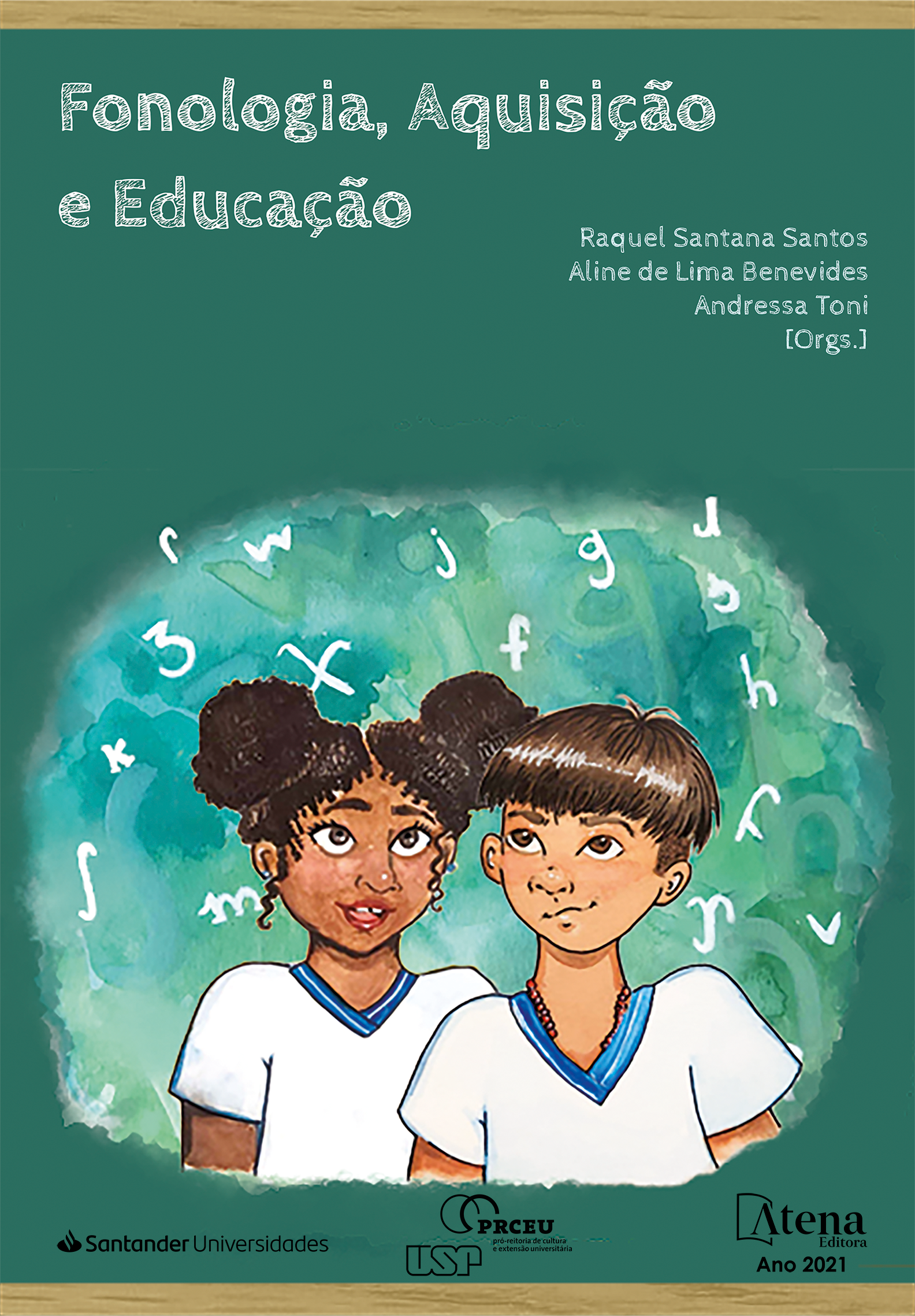
A Linguística e Alfabetização - ou à guisa de introdução
O primeiro capítulo, A Linguística e a Alfabetização, traça um panorama geral da linguística e quais as relações que estabelecemos entre esta e a alfabetização. O que é língua? O que é fala? O que significa dizer que a língua é arbitrária? E qual a relação da arbitrariedade com a criatividade linguística? Qual a importância da abstração – tanto do conteúdo quanto de sua forma de representação – para a alfabetização? Este capítulo inicia trazendo exemplos dos mais diversos componentes linguísticos que a criança deve adquirir, antes mesmo de ser alfabetizada. Depois, discutem-se exemplos da fonologia para mostrar como a criança é um pequeno linguista fazendo hipóteses sobre sua língua. Sua tentativa de grafar as palavras “como se fala”, a diferença nos modos de falar do aprendiz e do professor, principalmente na aquisição da língua materna, pois quando a criança chega à escola, ela já domina essa língua, ela fala essa língua. Situação diferente daquela de aprendizagem de uma segunda língua, em que o aprendiz não tem conhecimento (às vezes nenhum) da língua que o professor vai ensinar.
A Linguística e Alfabetização - ou à guisa de introdução
-
DOI: 10.22533/at.ed.0282115121
-
Palavras-chave: linguística; linguagem; arbitrariedade da língua; alfabetização; aquisição da linguagem;
-
Keywords: linguistics; language; language arbitrariness; literacy; language acquisition
-
Abstract:
The first chapter, Linguistics and Literacy, provides an overview of linguistics and the relationships we have established between linguistics and literacy. What is language? What is speech? What does it mean to say language is arbitrary? And what is the relationship between arbitrariness and linguistic creativity? What is the importance of abstraction – both of content as well as its mental representation – for literacy? This chapter begins with examples of the different linguistic components that the child must acquire, even before becoming literate. Then, it discusses examples of phonology to show how the child acts as a small linguist, making hypotheses about the language being acquired. Their attempt to write words "as they are spoken," the difference in the ways learners and teachers speak, especially in the acquisition of the mother language because when children first go to school, they already know their language, they speak the language, which is different from learning a second language, in which the learner has little knowledge (sometimes none) of the language that the teacher will teach.
-
Número de páginas: 11
- Raquel Santana Santos


